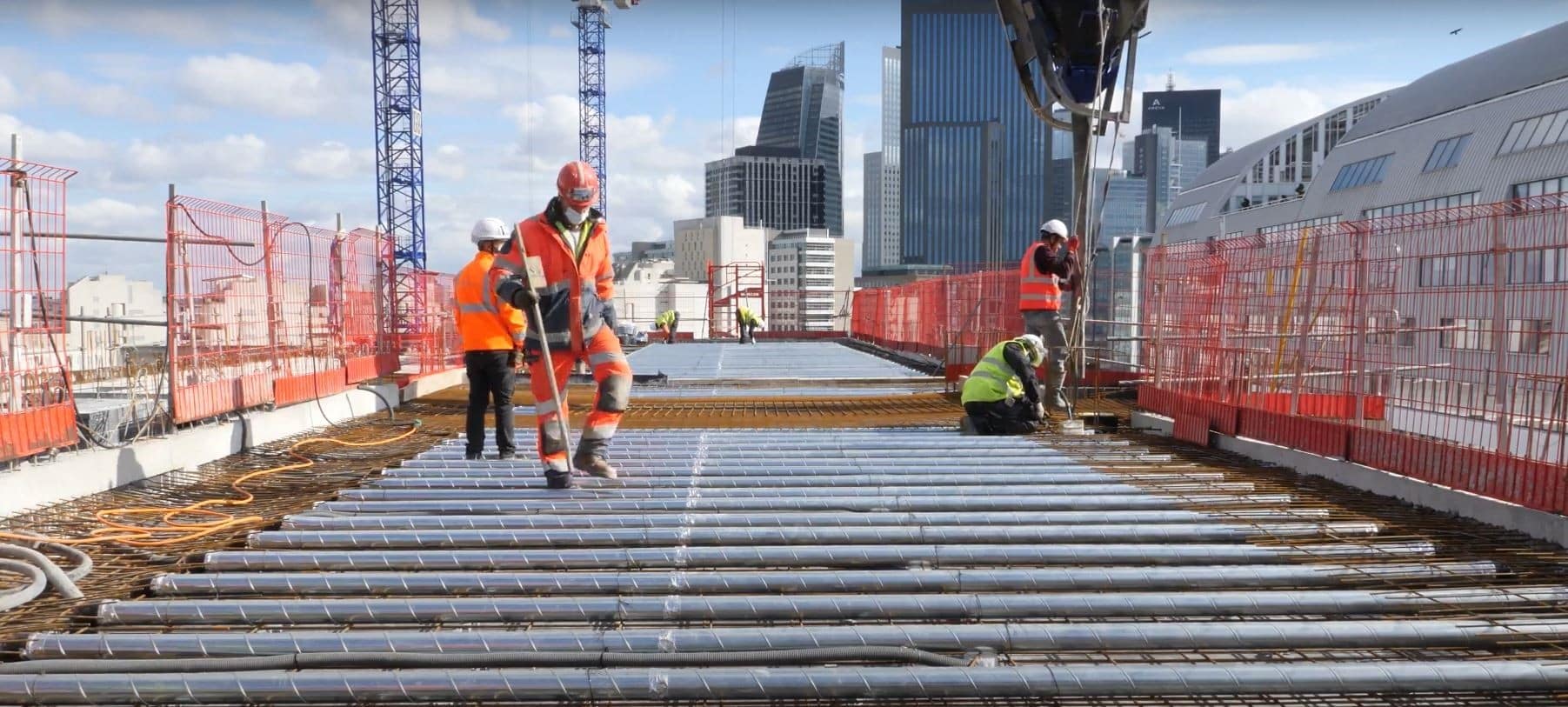
The GREENFLOOR ventilated concrete slab: a new-generation HVAC system
The Greenfloor solution deployed by Vinci Energies’ subsidiary I.C. Entreprise reduces the amount of energy used to regulate the temperature of buildings.
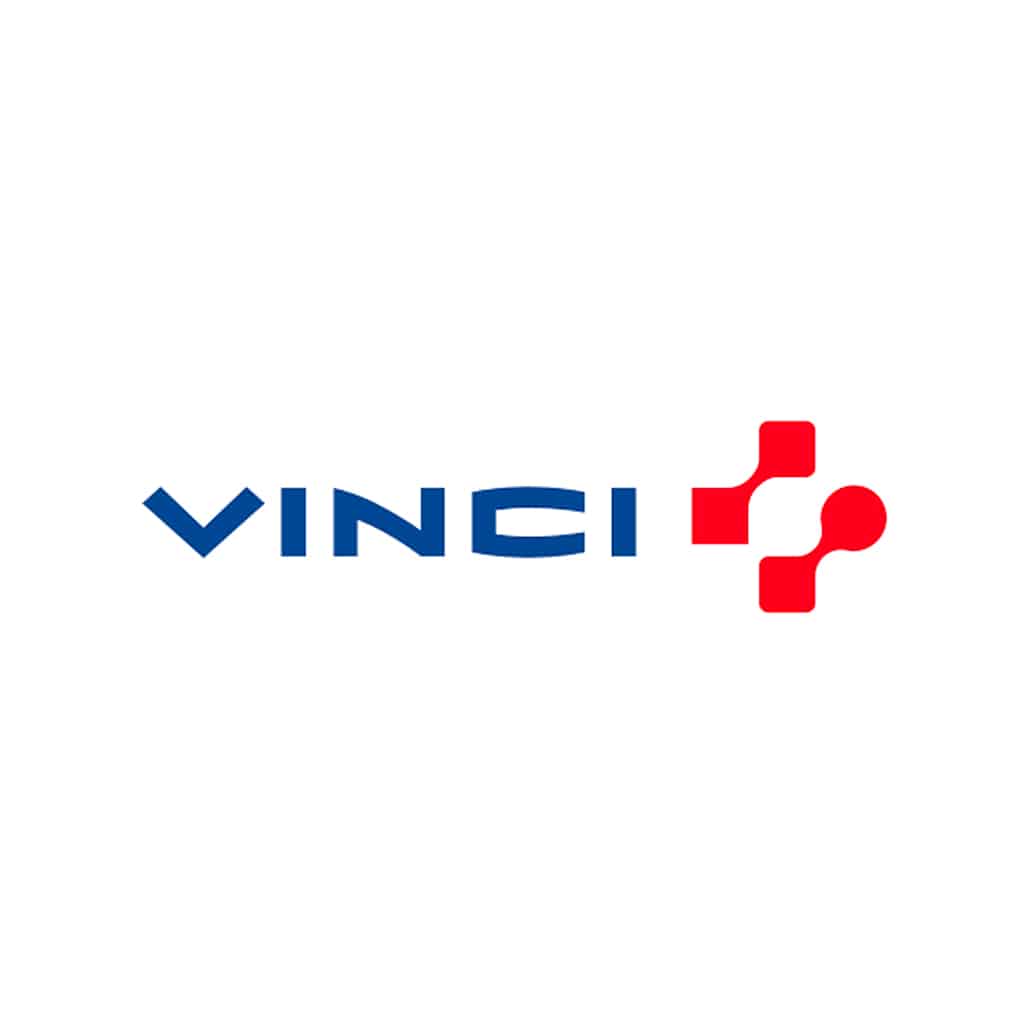
To reduce the share of GHG emissions linked to concrete production by making low-carbon concrete solutions offering optimised technical, environmental and economic performance available for all VINCI Construction worksites.
As a European leader and global player in its sector, VINCI Construction’s aim is to leverage the power of Exegy in order to significantly develop the use of low-carbon concrete in all types of structures.
In keeping with its pledge to curb its greenhouse gas emissions by 40% by 2030, VINCI Construction is committed to using 90% low-carbon concrete in its projects by 2030, in order to bring down the overwhelming proportion of Scope 3 emissions represented by construction materials.
Cement alone is responsible for 85% of all greenhouse gas emissions from concrete, of which it is a traditional component. The main ingredient of cement, clinker, is obtained by heating a mixture of limestone and clay to a very high temperature (1,500°C). In addition to emissions generated by heating the kiln, during the firing process limestone releases the carbon contained in the material in gaseous form: this is known as decarbonation, which is responsible for around 60% of total emissions from cement.
By designing mixes containing little or no cement clinker and by substituting the latter with alternative cementitious materials, VINCI Construction intends to expand the use of low-carbon concrete. As part of a circular economy approach, VINCI Construction uses industrial by-products such as fly ash (a combustion by-product from thermal power plants) or blast-furnace slag (a by-product of the steel industry), combined with other mineral admixtures (limestone filler, pozzolana, metakaolins, etc.)
VINCI Construction thus offers a catalogue of low-carbon concrete solutions that meet Exegy standards, which categorise products according to their specific CO2 emission levels and technical characteristics, particularly as regards compressive strength.
Exegy solutions cover three types of concrete: low-carbon concrete (between 28 and 40% fewer GHG emissions), very low-carbon concrete (between 40 and 60% fewer GHG emissions) and ultra-low-carbon concrete (over 60% fewer GHG emissions).
These solutions, which were designed and tested in VINCI Construction’s materials laboratories and then approved and implemented on worksites, guarantee optimised technical, environmental and economic performance of the concrete. The expertise of VINCI Construction’s engineers and the know-how developed by worksite teams form the core of the EXEGY range of solutions.
More details on the complete project sheet to download
on which the project has a significant impact
Scope 3 – Use of low-, very-low- and ultra-low-carbon concrete.
Quantification:
600,000 tCO2eq/year by 2030 .
of which 180,000 tCO2eq/year resulting from use of EXEGY Ultra-Low-Carbon concrete
VINCI Construction aims to use 15% Exegy ultra-low-carbon concrete on its sites by 2030, amounting to 1,400 cu. metres.
An emission factor of 100 kgCO2eq/cu. metre is assumed for ULC concrete.
Conventional concrete, which ULC concrete replaces, exhibits an emission factor of 230 kgCO2eq/cu. metre.
Hence the reduction of approximately 180,000 tCO2eq/year in 2030 (compared to 2020).
500k€
2017
France et International
The Exegy range of concrete contributes to the following SDGs:
VINCI Construction has launched the Exegy approach to expand the use of low-carbon concrete.
Exegy solutions are distributed and sold via a network of partner concrete producers or, when possible, in mobile plants on worksites with the assistance of VINCI Construction engineers and experts. Exegy ultra-low-carbon concrete is expected to become a market success once it can be offered as a conventional engineering concrete, which will become possible once the ECOCEM Ultra® alternative binder is approved in the summer of 2021.
Exegy ultra-low-carbon concrete was developed by VINCI Construction and ECOCEM, working in partnership.
exegy-solutions@vinci-construction.com

The Greenfloor solution deployed by Vinci Energies’ subsidiary I.C. Entreprise reduces the amount of energy used to regulate the temperature of buildings.
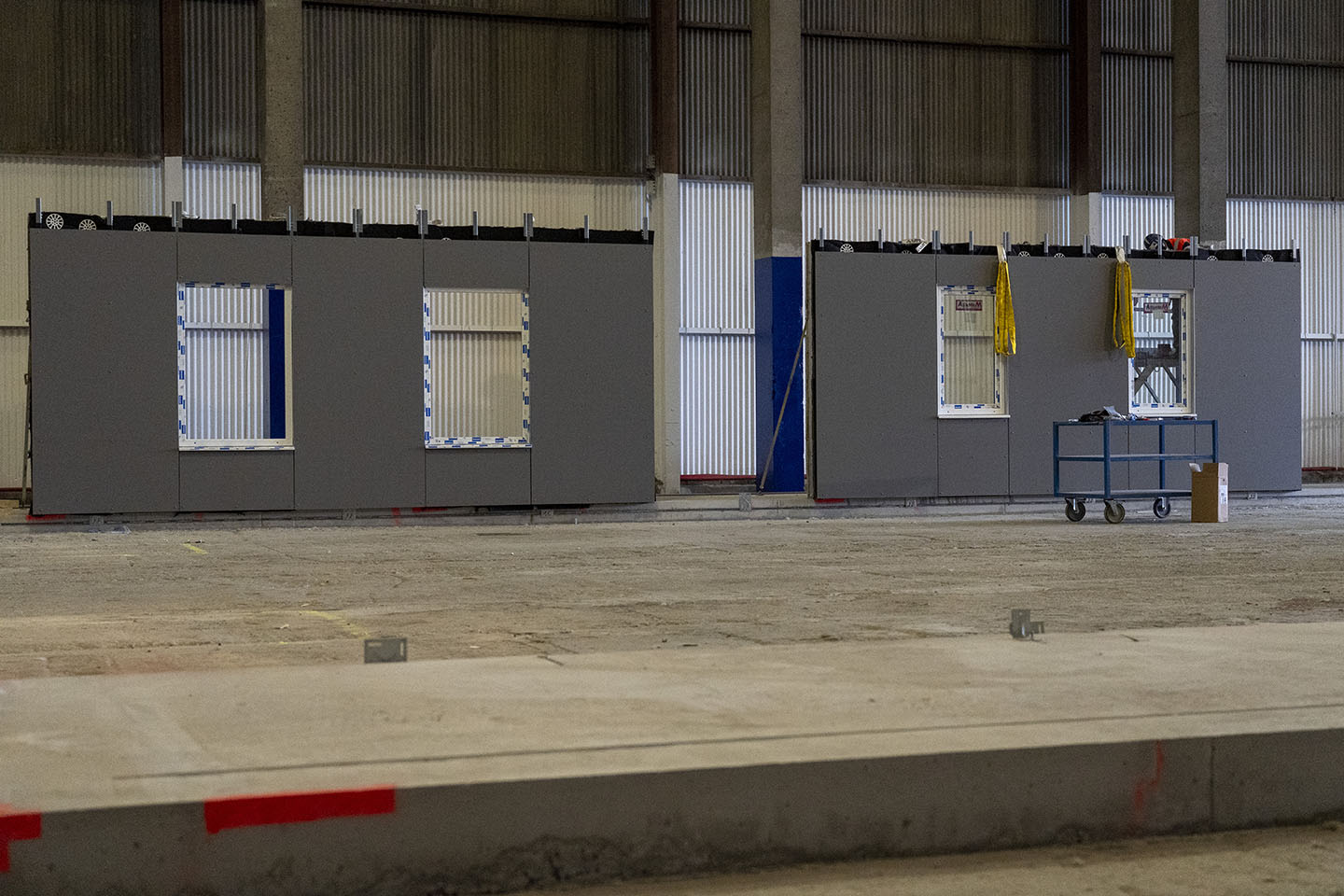
Simple, economical, fast and durable, REHASKEEN® makes it possible to industrialise and accelerate the renovation of energy-intensive buildings…
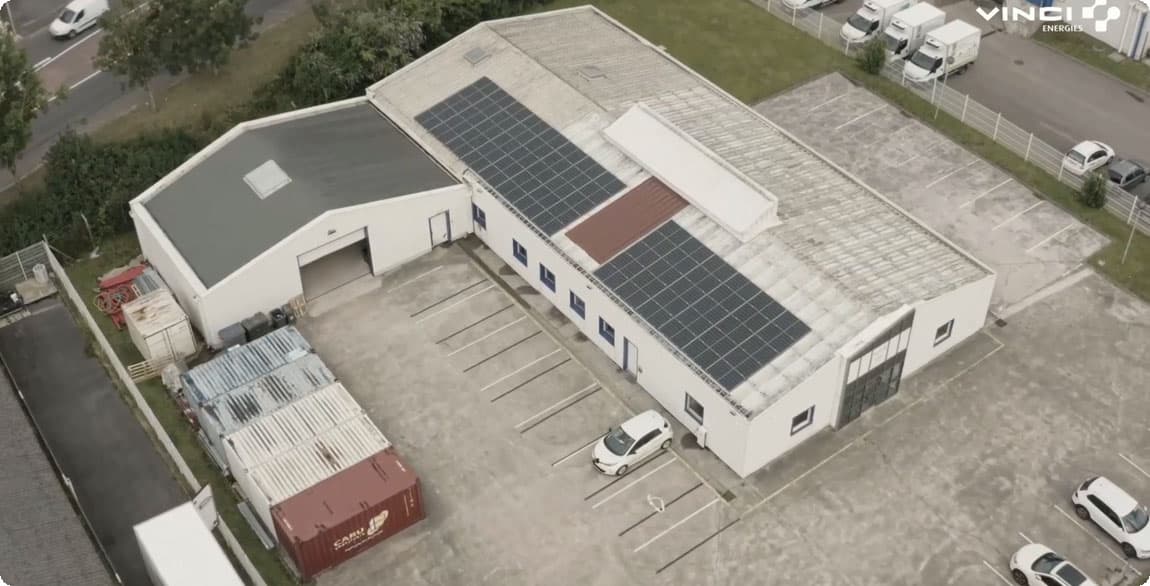
Deployment of an integrated charging solution for electric vehicles powered by renewable energy.
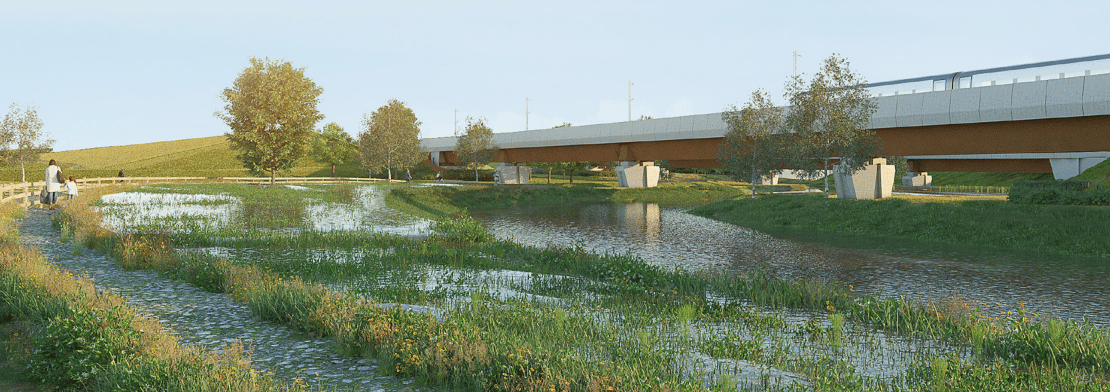
The Balfour Beatty VINCI joint-venture is responsible for the design and construction of part of Europe’s most ambitious rail project: HS2…

The Power Road® system deployed by Eurovia captures and recovers up to 25% of the sun’s heat energy which is then used to heat buildings and equipment located near the roadway.
AFEP (Association of French large companies) is an association representing 111 of the largest companies operating in France. It participates in the public debate with the ambition to provide pragmatic answers in favour of the development of a competitive and sustainable French and European economy, conducive to the growth of all companies.